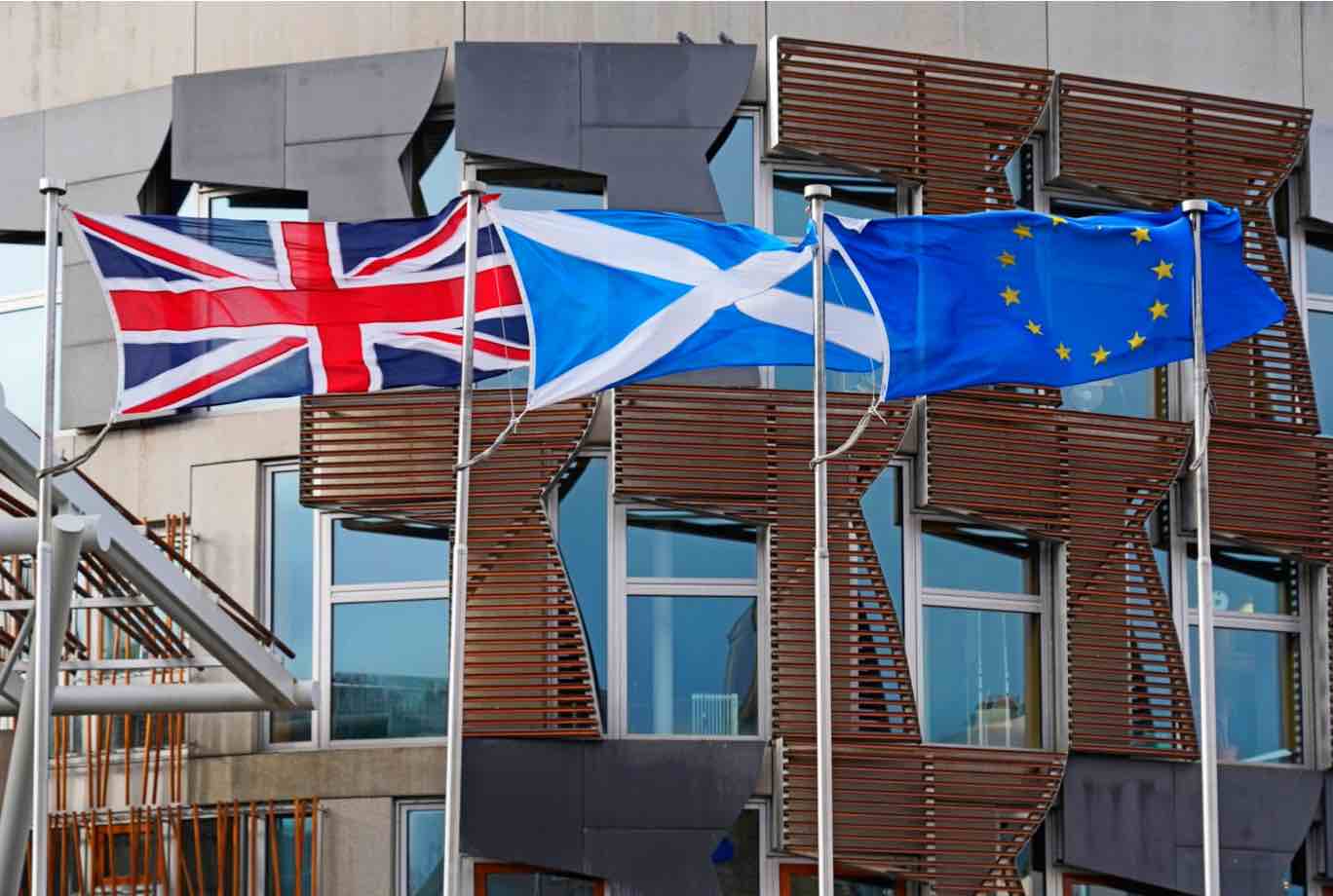The '20/'21 series: CONSEQUENCES - what the coming decade might look like if the SNP gets its way on independence

What follows is an imagined future for Scotland. From 2021 to 2031. A decade that doubtless some believe will turn out much better than the picture I have set out here. Equally, it could prove to be a lot worse.
If we do find ourselves in the coming year or so having to consider a second Scottish independence referendum, and how to vote in it, what follows are some of the prospects we need to contemplate:
Scotland 2021 to 2031
- 2021 – 2022
The SNP and other independence supporting parties collectively win a majority in the May’21 Holyrood election, then win a Supreme Court case to force the UK government to u-turn over blocking another independence referendum - 2024
After more than a year of what all sides agree was the most divisive of campaigns ever, the SNP win a second referendum, but by the slimmest of possible margins of less than one per cent. The SNP Scottish government insist on pushing on with leaving the UK despite a range of calls, internationally as well as domestically, to not impose separation on such a paper-thin majority. - 2025
In parallel to negotiating the terms of departing the UK, the Scottish government progresses discussions with the EU about a possible early accelerated route to membership. The prospect of an extended period of a decade or more outside both the UK and the EU, while the global economy continues to suffer from the economic impact of the coronavirus, has heightened pressure on the Scottish government to do a fast-track deal with Brussels. - 2026
Negotiations on leaving the UK go badly, particularly over the share of UK debts Scotland is to assume. The Scottish government eventually decides in late 2026 to leave with no deal and to leave all debts behind. - 2027
Despite previous assurances from the SNP leadership that this would not happen, the republican wing of the SNP, together with the smaller independence parties, force through a demand for a further referendum with the aim of turning Scotland into a republic and replacing the Queen with an elected President. But in the subsequent vote in mid-2027, the Scottish public, already seriously disillusioned with how the exit from the UK was handled, as well as rumoured concessions being considered to secure EU membership, soundly defeat the ‘Republic’ referendum proposition with 65 per cent voting against it. - Late 2027
The next Holyrood elections, delayed just over 2 years to allow the independence process to be completed, leaves the SNP only able to form a majority with the support of Scottish Labour which has seen its share of the vote bounce back from the nadir of 2021. Scottish Labour makes its support conditional on the eventual deal agreed with the EU being put to the people of Scotland in a referendum. It also insists that this referendum should include an option for Scotland to reject the EU terms and instead choose to re-join the UK. This becomes known as the ‘EU or UK’ referendum. - 2028
Having left the UK on the basis of no deal, leaving its share of international debts behind, it has become clear that Scotland could not go through the usual process of establishing its own currency in advance of joining the EU. Scotland is also suffering from a protracted post- Covid recession and financial instability, needing a bail- out from the European Central Bank and the IMF. Scotland is starved of new investment as businesses fear potential currency and economic uncertainty, forcing the Scottish government to accept special terms for an accelerated EU membership.
The terms of the agreement with the EU require all the previous red lines set out by the Scottish government to be set aside. In the final negotiated deal, Scotland would need to commit to a ten year fiscal balancing programme (effectively a hard form of austerity), and full sign up to all EU agreements including the Common Fisheries Policy, and a firm commitment to adopt the Euro. The SNP government says this is unavoidable to enable the country’s economy to be stabilised. Scottish Labour, Scottish Conservatives and Scottish Liberal Democrats all decide to campaign for a vote in support of re-joining the UK. - 2029
The “EU or UK referendum” delivers a resounding 60 per cent majority for re-joining the UK. The UK government had said in advance it will allow a return to the pre-independence position, so restabilising the Scottish economy. - 2030
In a new Act of Union, detailed terms are established for any future constitutional change, including a requirement for a majority of no less than 60 per cent for a breakup of the union to be actioned. Over the course of 10 turbulent years, Scotland has left the UK, tried and failed to remove the monarchy, tried and failed to join the EU, and finally finds itself once again back as part of the UK, recommencing over three hundred years of the closest possible interdependence. - 2031
In the first UK general election following reunification and subsequent Holyrood elections later in the year, the SNP suffers the biggest defeats in its history, with just 5 MPs left at Westminster and a return to being only the third largest party at Holyrood.
